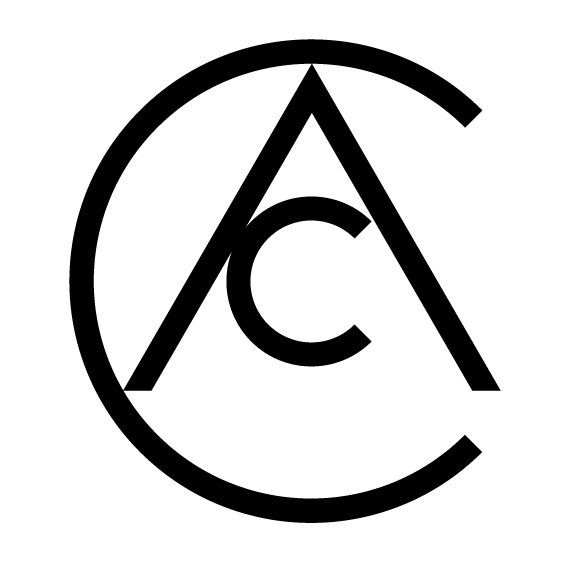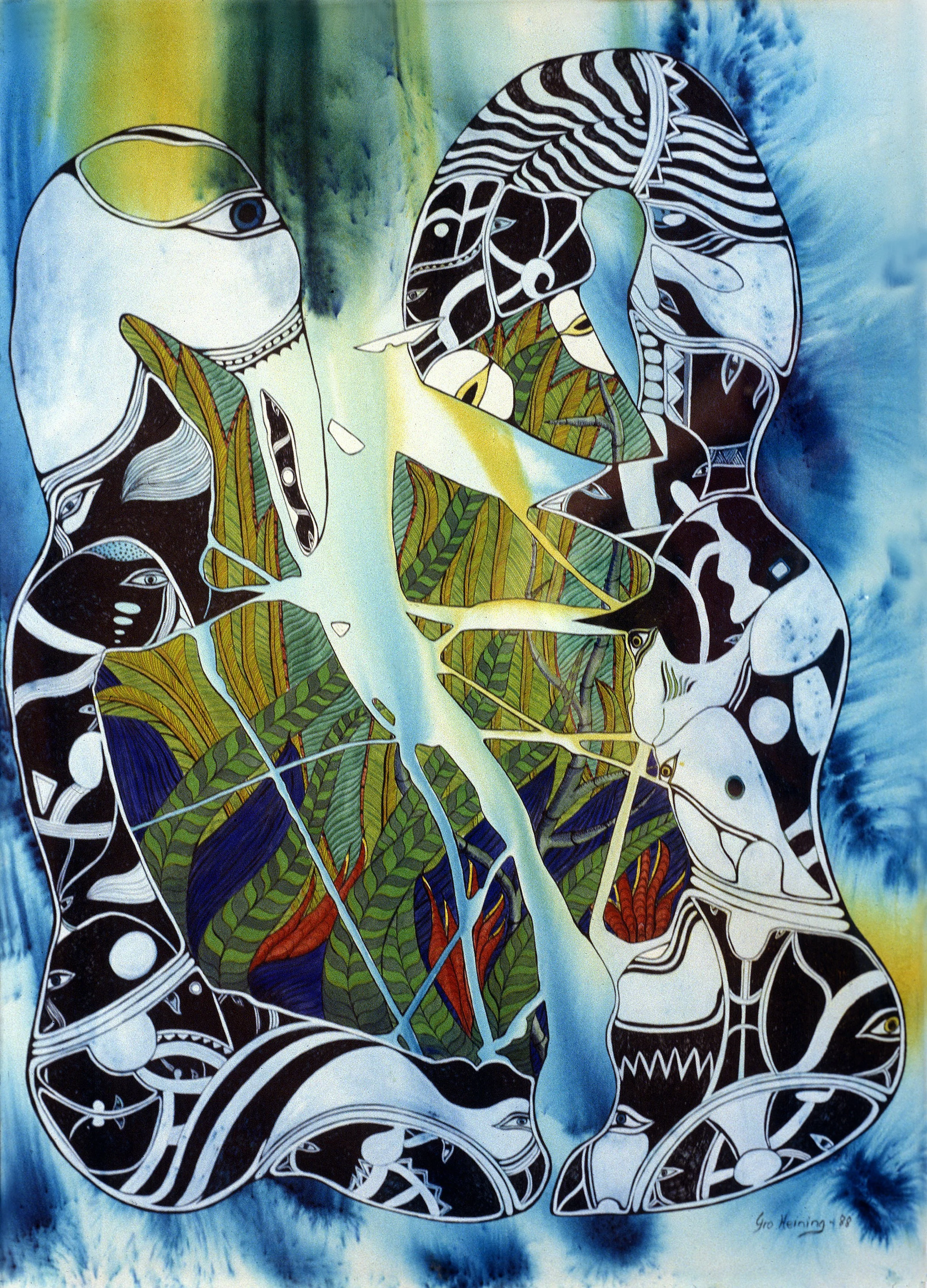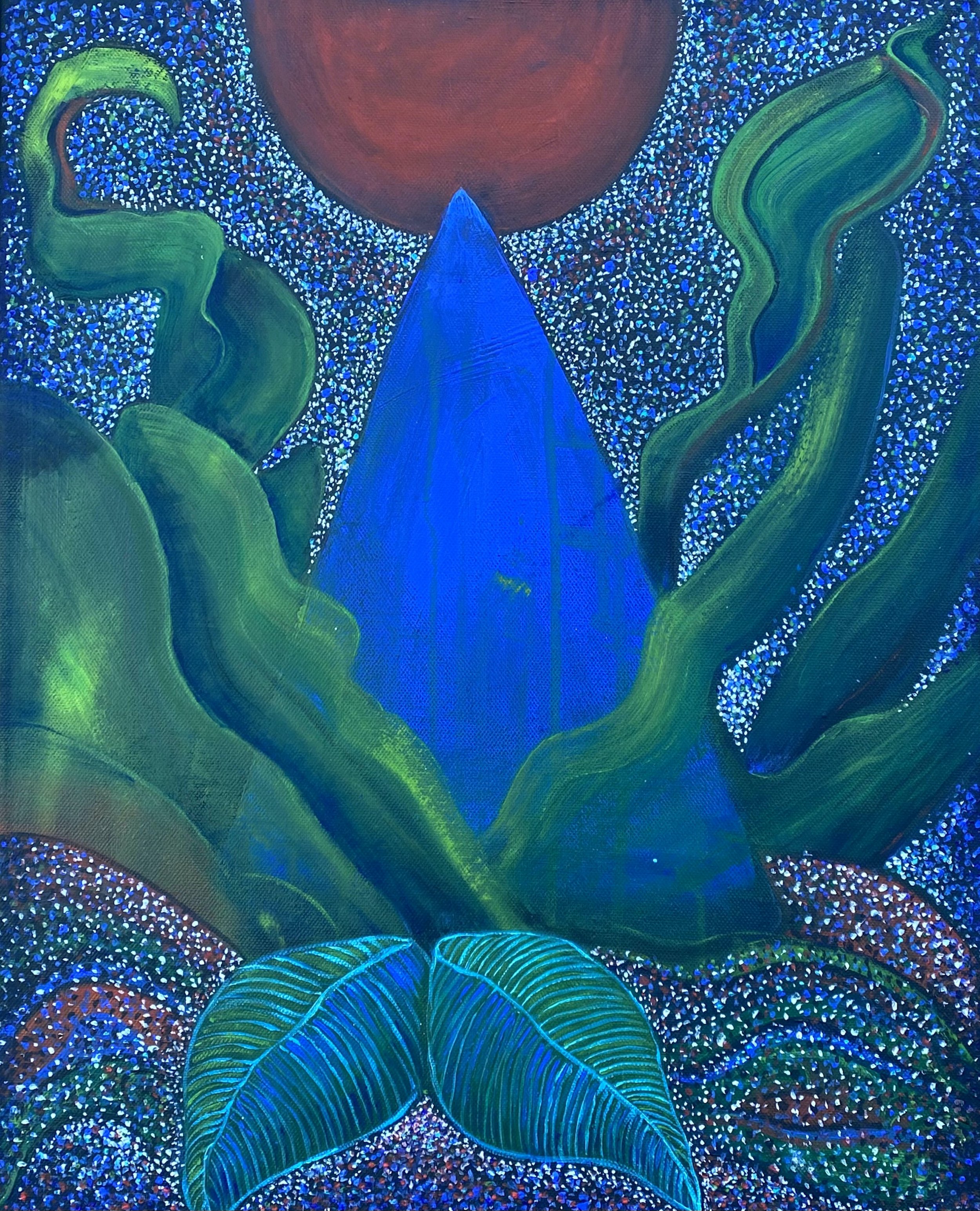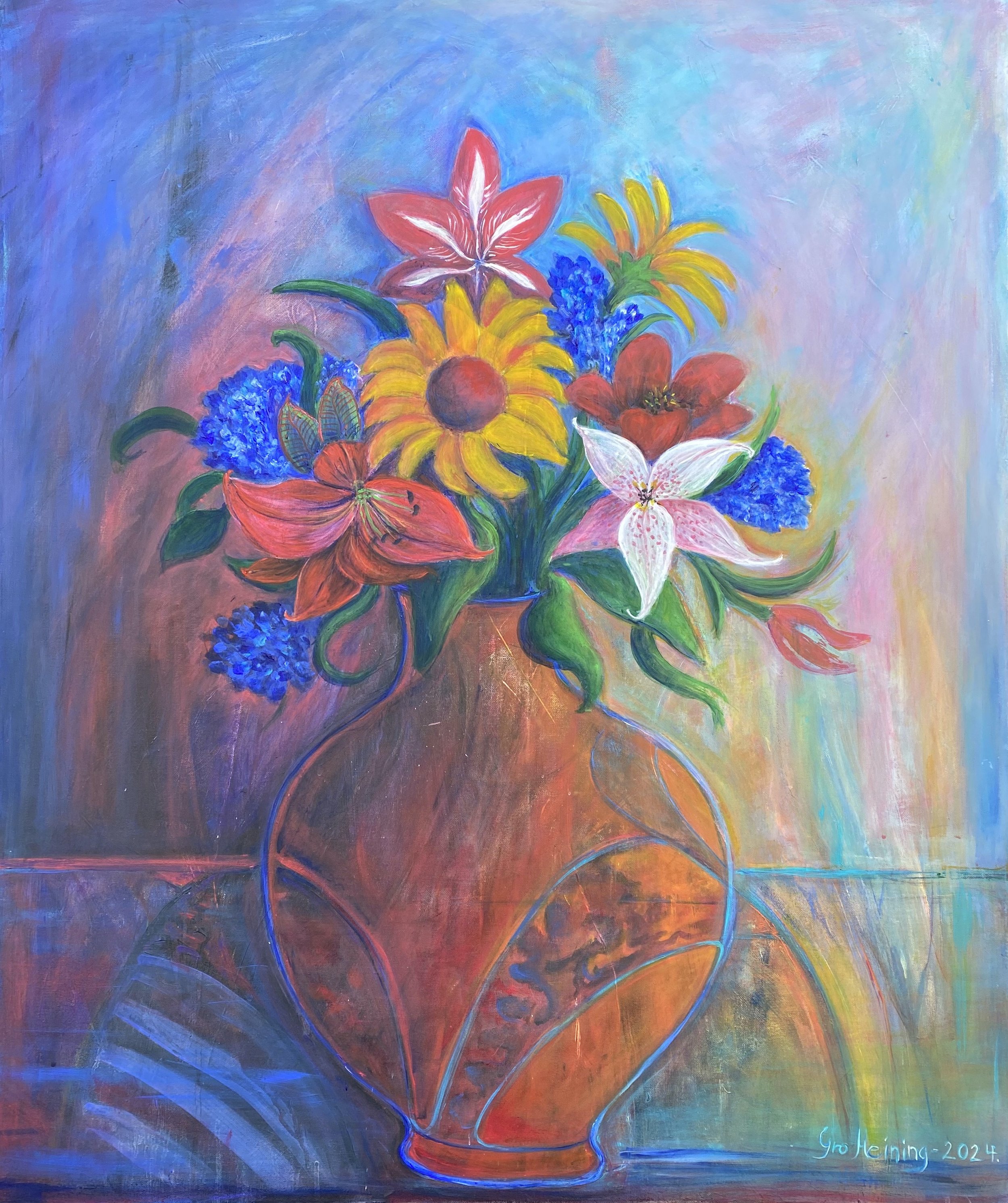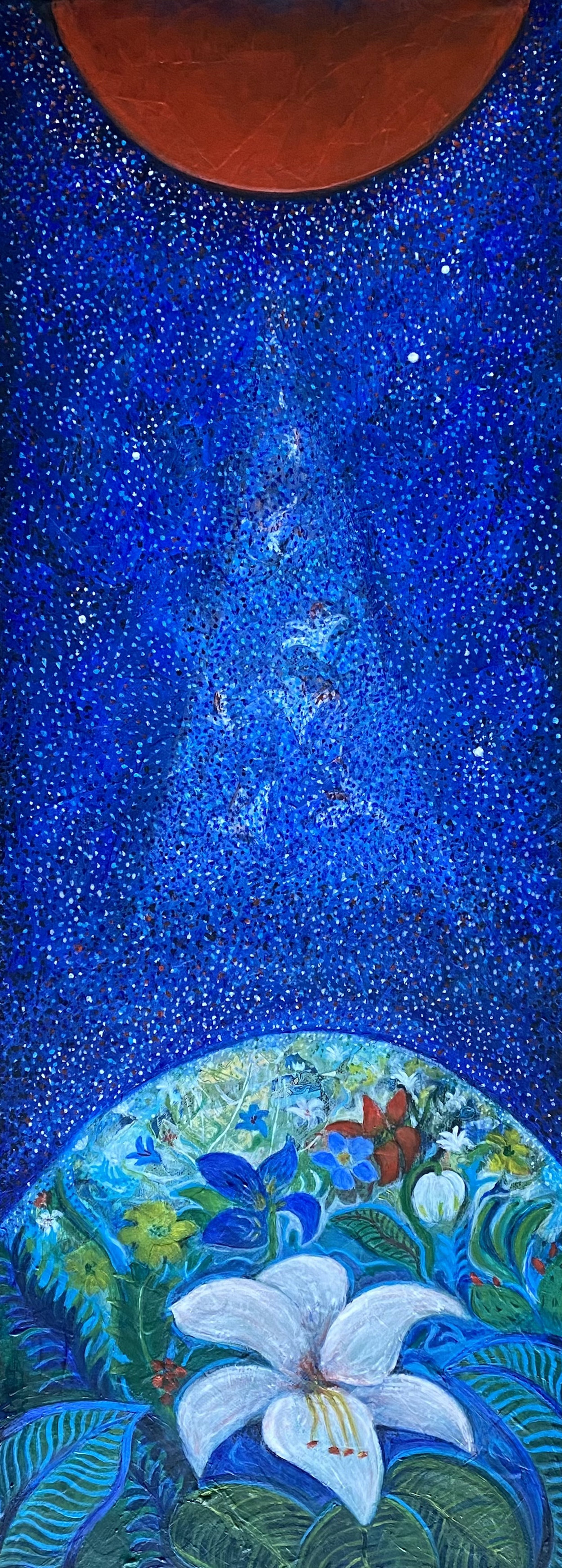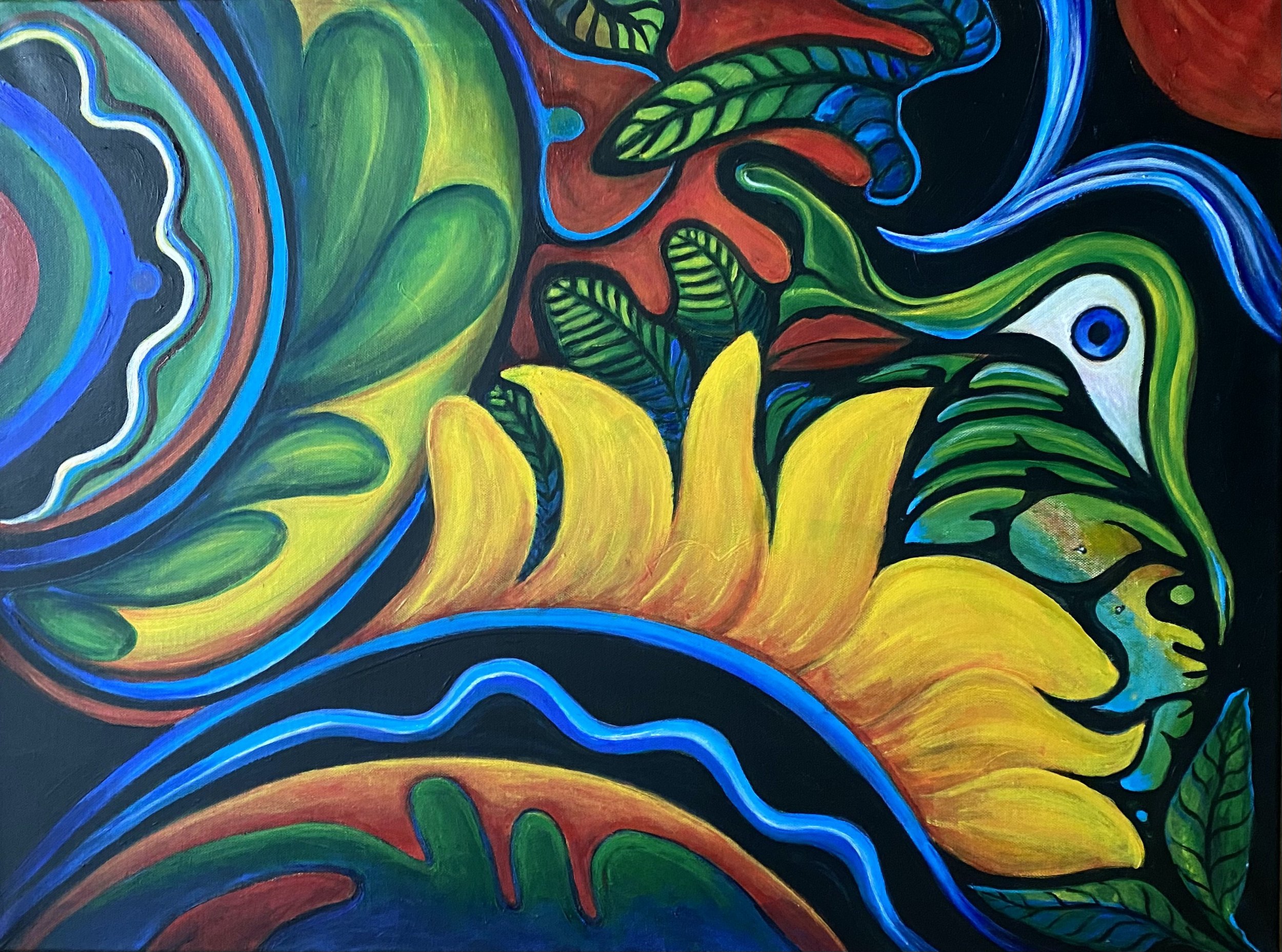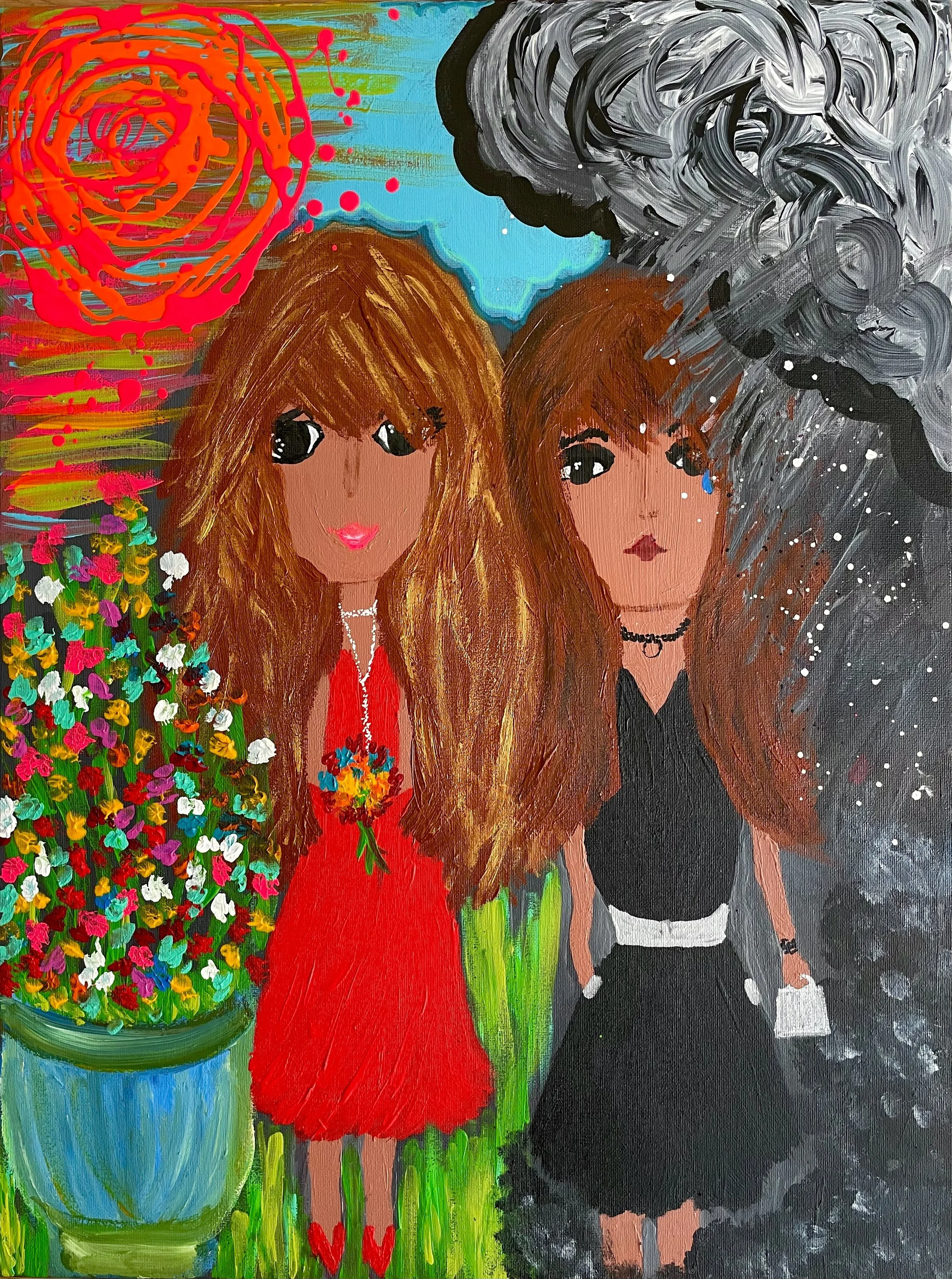Gro Heining
In the luminous oeuvre of Gro Heining, the viewer is transported into a rich, meditative interplay between nature, spirituality, and the inner self. A self-taught Norwegian painter and inspirational teacher, Heining (b. 1949) has constructed a unique visual language that speaks to the rhythm and vitality of the natural world. With more than four decades of artistic exploration and over 60 exhibitions across Norway, the United States, Spain, and Italy, Heining’s work commands a rightful place in the contemporary art scene, merging profound philosophical undertones with an unmistakable aesthetic sensibility.
At the heart of Heining’s art lies her profound connection to nature, a relationship she nurtures as both muse and collaborator. Each brushstroke and color choice reflects the symbiotic dance between humanity and the natural world. For Heining, nature is not merely a backdrop but a living, breathing entity that infuses her work with vitality and introspection. Her art mirrors a meditative state, where the elements—earth, water, fire, and air—converge in vibrant harmony. This deep engagement recalls the spirit of modernist luminaries like Georgia O'Keeffe, whose works similarly distilled the essence of nature into bold, evocative forms. Yet, Heining’s art distinguishes itself through its seamless integration of multicultural influences, gathered during her years in Santa Fe, New Mexico, and her time in Andalusia, Spain.
The piece Interior with Amaryllis (2023) exemplifies Heining’s capacity to render everyday objects into transcendental symbols. The composition’s bold blues, oranges, and yellows imbue the scene with an otherworldly glow, transforming a domestic space into a vibrant tapestry of emotion and memory. The amaryllis flowers emerge as both a physical presence and a metaphor for ephemeral beauty. Here, Heining’s skillful handling of acrylics elevates her work beyond the decorative, positioning it as a contemplative statement on the fragility and resilience of life.
In Mother Earth V (2024), Heining delves deeper into the cosmic and the terrestrial. This triptych—a symbolic form often associated with sacred altarpieces—features undulating, organic forms that echo the cycles of creation and renewal. The central panel, with its ethereal figure ascending toward a celestial sphere, speaks to themes of transcendence and interconnectedness. The meticulous layering of colors and textures evokes the pulsating rhythm of the universe, a quality that aligns her work with the mystical abstraction of Hilma af Klint, another female pioneer who wove spirituality into her visual vocabulary.
The urban landscape of Snippen, Rodeløkka (1996) demonstrates Heining’s versatility. Here, she captures a colorful street scene in Oslo, rendered in expressive brushstrokes that verge on the surreal. The exaggerated forms and luminous palette transform an ordinary neighborhood into a dreamscape, revealing Heining’s ability to uncover the extraordinary within the mundane. This painting underscores her understanding of color as a tool for emotional resonance and narrative depth.
In Song of the Earth (2024), Heining condenses the essence of her artistic philosophy into a single, vertical composition. The work’s layered blues, dotted with specks of light, suggest the infinite vastness of the cosmos. At its base, verdant foliage and a luminous white lily ground the piece in the earth, bridging the microcosm and the macrocosm. This duality—the cosmic and the terrestrial—is a recurring motif in Heining’s work, affirming the interconnectedness of all existence.
Talking Painting (1988) offers a glimpse into Heining’s earlier experimentation with watersoluble pigments and ink on paper. This intricate piece, with its flowing forms and symbolic motifs, reveals the artist’s interest in the communicative power of visual art. The work’s fragmented, mosaic-like quality suggests a dialogue between disparate elements, reflecting Heining’s intuitive understanding of art as a medium for connection and synthesis.
The recent works Co-Creation (2024) and Rebirth I and II (2024) further highlight Heining’s evolution as an artist deeply attuned to the cycles of life and creation. In these pieces, bold, organic forms and radiant colors suggest the process of transformation and renewal. These works resonate with contemporary concerns about sustainability and the fragile balance between humanity and the environment. Heining’s art serves as both a celebration of and a call to protect the natural world, making her work profoundly relevant to today’s societal discourse.
Sunflower Woman II (2023) is a testament to Heining’s ability to personify nature. The titular sunflower becomes a metaphor for femininity, resilience, and the life-giving force of the earth. The painting’s vibrant yellows and greens pulsate with energy, encapsulating the essence of growth and vitality. Heining’s unique ability to imbue her subjects with symbolic significance aligns her with the Symbolist movement, though her work transcends its historical context to address contemporary themes.
Finally, Vase of Dreaming Flowers (2024) epitomizes Heining’s mastery of composition and color. The carefully arranged bouquet, rendered in a luminous spectrum of hues, becomes a portal to a dreamlike state. The interplay of light and shadow creates a dynamic, almost musical rhythm, inviting the viewer into a meditative space. This work encapsulates Heining’s ethos—the transformation of the ordinary into the extraordinary through the act of creation.
Gro Heining’s significance in the contemporary art world lies in her ability to fuse the personal and the universal, the earthly and the cosmic. Her art is a testament to the enduring power of painting as a medium for exploring humanity’s relationship with nature and the self. In a world increasingly dominated by digital and conceptual art, Heining’s work stands as a reminder of the tactile, visceral connection that painting offers.
Much like O’Keeffe and af Klint before her, Heining has carved out a space that is both intensely personal and universally resonant. Her paintings invite us to pause, reflect, and reconnect with the rhythms of the natural world. They remind us of our place within a vast, interconnected cosmos and challenge us to consider our role as stewards of the earth.
Gro Heining’s art is a luminous thread in the tapestry of contemporary art. Her ability to weave nature, spirituality, and personal experience into her work makes her an essential voice in today’s artistic landscape. As both an artist and a teacher, she inspires us to see the world not as a collection of disparate elements but as a harmonious, interdependent whole. Her art is a gift—a reminder of the beauty and fragility of life and a call to celebrate and protect the natural world that sustains us all.
Gro Heining’s work is a profound meditation on the interconnectedness of all life forms and the rhythms of existence. It embodies an ecological and spiritual sensitivity that is both urgent and timeless. In the current era, marked by environmental crises and a growing disconnection from nature, Heining’s paintings offer a vital counterpoint—a sanctuary of reflection and healing. Her art underscores the necessity of reconciling human activity with the natural world, urging us to find harmony within this delicate balance.
Heining’s deliberate engagement with multicultural influences further enriches her artistic narrative, positioning her as a truly global artist. Her years in Santa Fe, New Mexico, and Andalusia, Spain, have left indelible marks on her practice, imbuing her work with a universality that transcends geographic and cultural boundaries. This synthesis of place, tradition, and personal vision results in paintings that resonate with audiences from diverse backgrounds, amplifying their universal appeal.
As an artist, Heining occupies a unique space where craftsmanship and philosophy converge. Her intuitive use of color and form speaks to a mastery of technique, while her exploration of symbolic and cosmic themes invites deeper philosophical engagement. This duality—the aesthetic and the intellectual—positions Heining’s work as both visually compelling and profoundly meaningful.
In her role as an inspirational teacher, Heining’s influence extends beyond the canvas. She nurtures creativity and self-expression in others, ensuring that her legacy will persist not only through her own work but also through the countless lives she has touched. Her art reminds us that creativity is an act of connection—to the self, to others, and to the world around us.
Gro Heining’s art is a clarion call for mindfulness, empathy, and stewardship. It is a celebration of life’s beauty and complexity, rendered with a sensitivity that feels both personal and universal. In a fragmented world, Heining’s work serves as a unifying force, inviting us to rediscover our place within the greater tapestry of existence. Her contributions to contemporary art are not only significant but essential, offering a vision of hope, harmony, and interconnectedness that resonates deeply with the human spirit.
By Marta Puig
Editor Contemporary Art Curator Magazine
Mother Earth V, 2024, acrylic on canvas, 90 x 80 cm
Rebirth I, 2024, acrylic on canvas, 100 x 100 cm
Co-creation, 2024, acrylic on canvas, 40 x 50 cm
Rebirth II, 2024, acrylic on canvas, 30 x 80 cm
Vase of Dreaming Flowers, 2024, acrylic on canvas, 76 x 91 cm
Song of the Earth, 2024, acrylic on canvas, 30 x 80 cm
Interior with Amaryllis, 2023, acrylic on canvas, 76 x 102 cm
Sunflower Woman II, 2023, acrylic on canvas, 80 x 60 cm
Snippen, Rodeloekka, 1996, oil on canvas, 81 x 65 cmvas,
Talking Painting, 1988, watersoluble pigments and ink on paper, 55 x 76 cm
